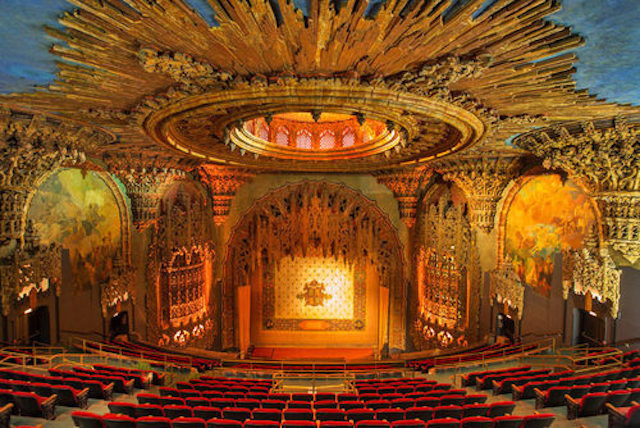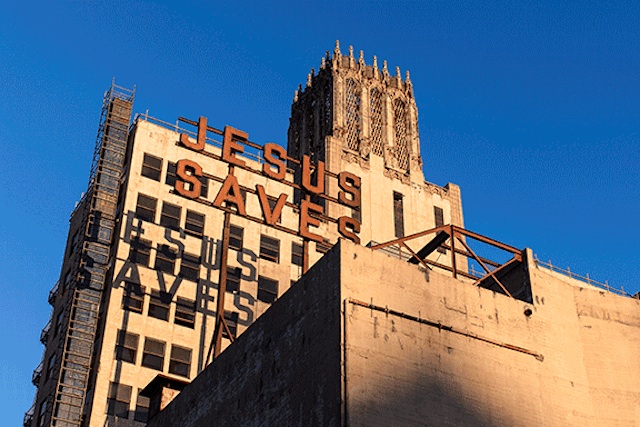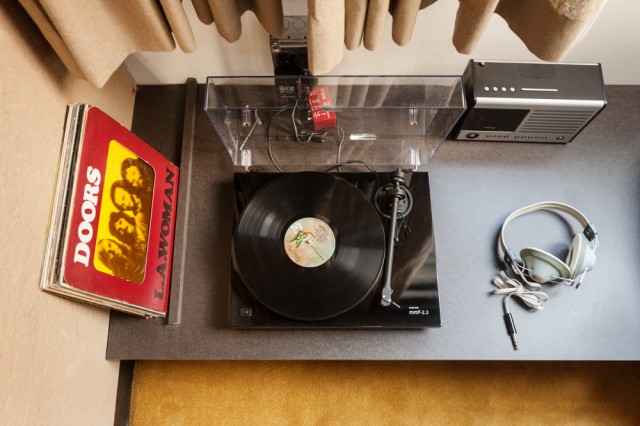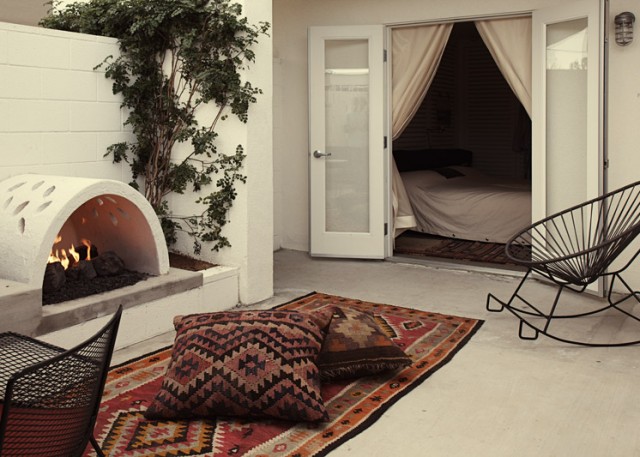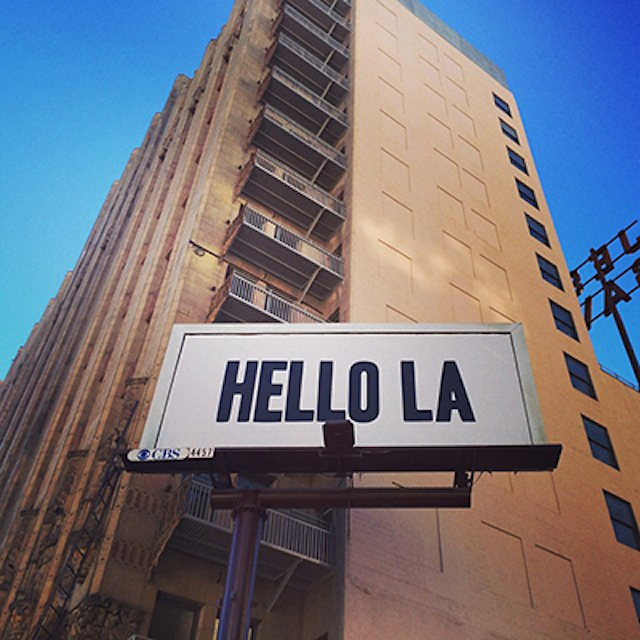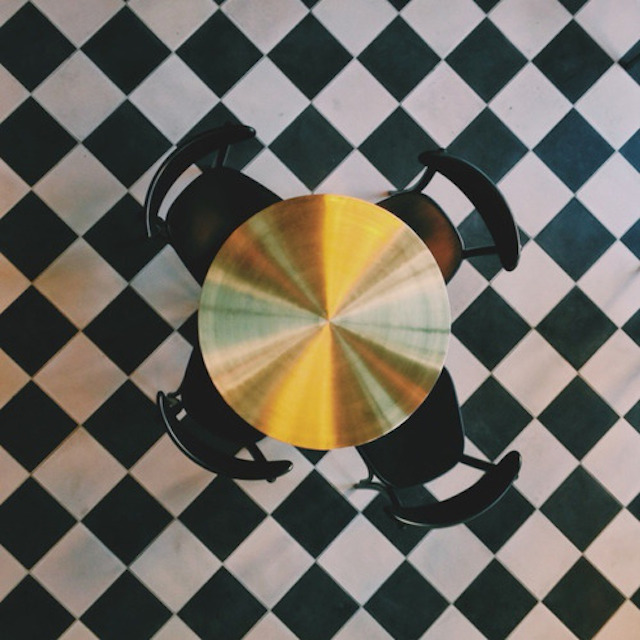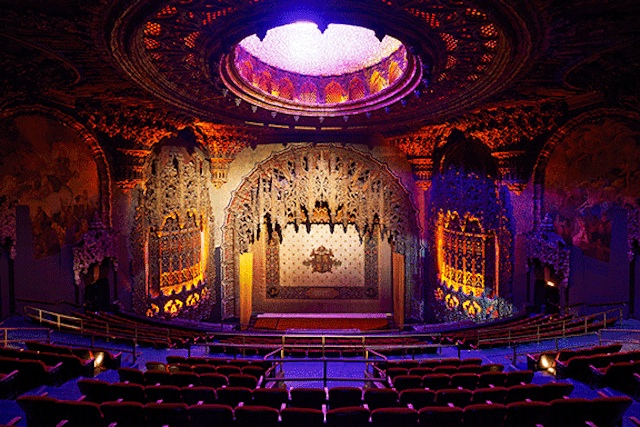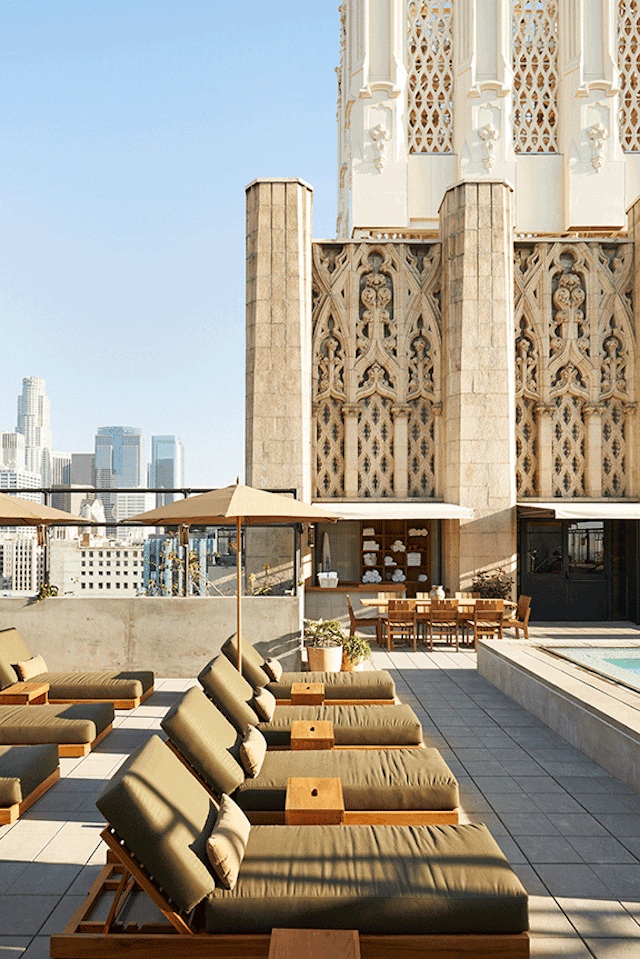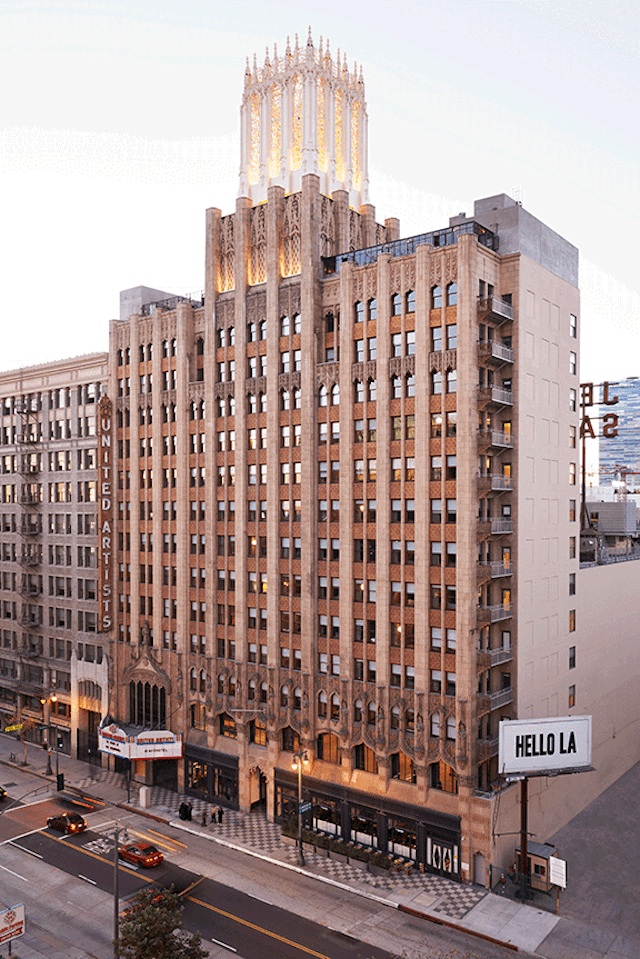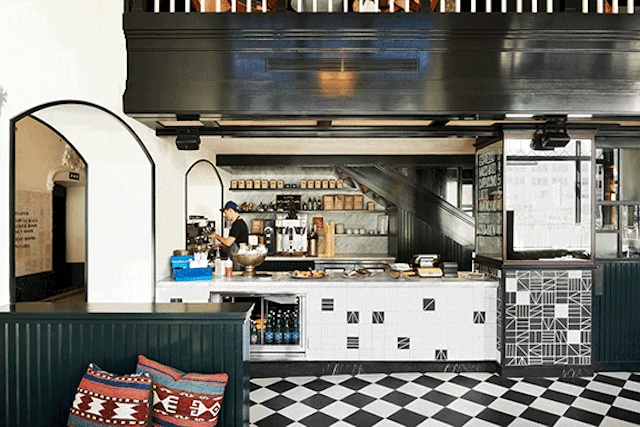Audio version read by George Atherton – Right-click to download
This article is available in:
As Digital Detox Week comes to an end, most of us risk relapsing and falling prey to the distracting, mind-numbing world of clickbait, endless tweets and selfies. Before you go back to the same old routine, take the following words by Nicholas Carr as a warning … and a guide on how to stave off the frenziedness of our souls:
A series of psychological studies over the past 20 years has revealed that after spending time in a quiet rural setting, close to nature, people exhibit greater attentiveness, stronger memory, and generally improved cognition. Their brains become both calmer and sharper. The reason, according to attention restoration theory, or ART, is that when people aren’t being bombarded by external stimuli, their brains can, in effect, relax. They no longer have to tax their working memories by processing a stream of bottom-up distractions. The resulting state of contemplativeness strengthens their ability to control their mind.
The results of the most recent such study were published in Psychological Science at the end of 2008. A team of University of Michigan researchers, led by psychologist Marc Berman, recruited some three dozen people and subjected them to a rigorous and mentally fatiguing series of tests designed to measure the capacity of their working memory and their ability to exert top-down control over their attention. The subjects were divided into two groups. Half of them spent about an hour walking through a secluded woodland park, and the other half spent an equal amount of time walking along busy downtown streets. Both groups then took the tests a second time. Spending time in the park, the researchers found, “significantly improved” people’s performance on the cognitive tests, indicating a substantial increase in attentiveness. Walking in the city, by contrast, led to no improvement in test results.
The researchers then conducted a similar experiment with another set of people. Rather than taking walks between the rounds of testing, these subjects simply looked at photographs of either calm rural scenes or busy urban ones. The results were the same. The people who looked at pictures of nature scenes were able to exert substantially stronger control over their attention, while those who looked at city scenes showed no improvement in their attentiveness. “In sum,” concluded the researchers, “simple and brief interactions with nature can produce marked increases in cognitive control.” Spending time in the natural world seems to be of “vital importance” to “effective cognitive functioning.”
There is no Sleepy Hollow on the internet, no peaceful spot where contemplativeness can work its restorative magic. There is only the endless, mesmerizing buzz of the urban street. The stimulations of the web, like those of the city, can be invigorating and inspiring. We wouldn’t want to give them up. But they are, as well, exhausting and distracting. They can easily, as Hawthorne understood, overwhelm all quieter modes of thought. One of the greatest dangers we face as we automate the work of our minds, as we cede control over the flow of our thoughts and memories to a powerful electronic system, is the one that informs the fears of both the scientist Joseph Weizenbaum and the artist Richard Foreman: a slow erosion of our humanness and our humanity.
It’s not only deep thinking that requires a calm, attentive mind. It’s also empathy and compassion. Psychologists have long studied how people experience fear and react to physical threats, but it’s only recently that they’ve begun researching the sources of our nobler instincts. What they’re finding is that, as Antonio Damasio, the director of USC’s Brain and Creativity Institute, explains, the higher emotions emerge from neural processes that “are inherently slow.” In one recent experiment, Damasio and his colleagues had subjects listen to stories describing people experiencing physical or psychological pain. The subjects were then put into a magnetic resonance imaging machine and their brains were scanned as they were asked to remember the stories. The experiment revealed that while the human brain reacts very quickly to demonstrations of physical pain – when you see someone injured, the primitive pain centers in your own brain activate almost instantaneously – the more sophisticated mental process of empathizing with psychological suffering unfolds much more slowly. It takes time, the researchers discovered, for the brain “to transcend immediate involvement of the body” and begin to understand and to feel “the psychological and moral dimensions of a situation.”
The experiment, say the scholars, indicates that the more distracted we become, the less able we are to experience the subtlest, most distinctively human forms of empathy, compassion, and other emotions. “For some kinds of thoughts, especially moral decision-making about other people’s social and psychological situations, we need to allow for adequate time and reflection,” cautions Mary Helen Immordino-Yang, a member of the research team. “If things are happening too fast, you may not ever fully experience emotions about other people’s psychological states.” It would be rash to jump to the conclusion that the internet is undermining our moral sense. It would not be rash to suggest that as the net reroutes our vital paths and diminishes our capacity for contemplation, it is altering the depth of our emotions as well as our thoughts.
There are those who are heartened by the ease with which our minds are adapting to the web’s intellectual ethic. “Technological progress does not reverse,” writes a Wall Street Journal columnist, “so the trend toward multitasking and consuming many different types of information will only continue.” We need not worry, though, because our “human software” will in time “catch up to the machine technology that made the information abundance possible.” We’ll “evolve” to become more agile consumers of data. The writer of a cover story in New York magazine says that as we become used to “the 21st-century task” of “fitting” among bits of online information, “the wiring of the brain will inevitably change to deal more efficiently with more information.” We may lose our capacity “to concentrate on a complex task from beginning to end,” but in recompense we’ll gain new skills, such as the ability to “conduct 34 conversations simultaneously across six different media.” A prominent economist writes, cheerily, that “the web allows us to borrow cognitive strengths from autism and to be better infovores.” An Atlantic author suggests that our “technology-induced ADD” may be “a short-term problem,” stemming from our reliance on “cognitive habits evolved and perfected in an era of limited information flow.” Developing new cognitive habits is “the only viable approach to navigating the age of constant connectivity.”
These writers are certainly correct in arguing that we’re being molded by our new information environment. Our mental adaptability, built into the deepest workings of our brains, is a keynote of intellectual history. But if there’s comfort in their reassurances, it’s of a very cold sort. Adaptation leaves us better suited to our circumstances, but qualitatively it’s a neutral process. What matters in the end is not our becoming but what we become. In the 1950s, Martin Heidegger observed that the looming “tide of technological revolution” could “so captivate, bewitch, dazzle, and beguile man that calculative thinking may someday come to be accepted and practiced as the only way of thinking.” Our ability to engage in “meditative thinking,” which he saw as the very essence of our humanity, might become a victim of headlong progress. The tumultuous advance of technology could, like the arrival of the locomotive at the Concord station, drown out the refined perceptions, thoughts, and emotions that arise only through contemplation and reflection. The “frenziedness of technology,” Heidegger wrote, threatens to “entrench itself everywhere.”
It may be that we are now entering the final stage of that entrenchment. We are welcoming the frenziedness into our souls.
Nicholas Carr is the former executive editor of the Harvard Business Review. He is well-known for his cover article in The Atlantic which asked, “Is Google Making Us Stupid?” He explored this question in more depth in his latest book The Shallows: What the Internet Is Doing to Our Brains. Carr lives in Colorado and blogs at roughtype.com
Excerpted from The Shallows: What the Internet Is Doing to Our Brains by Nicholas Carr (c) 2010 by Nicholas Carr. Used with permission of the publisher, W. W. Norton & Company, Inc.


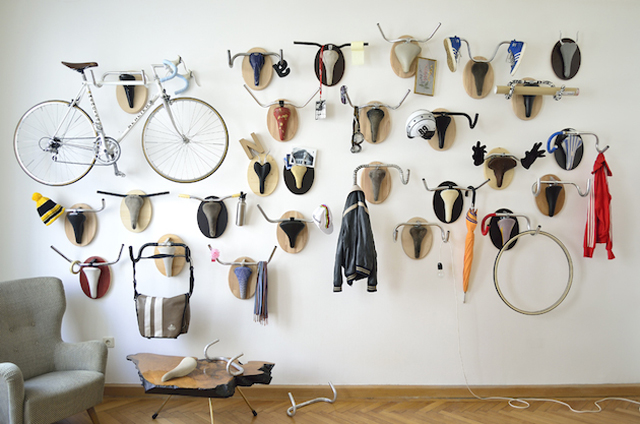
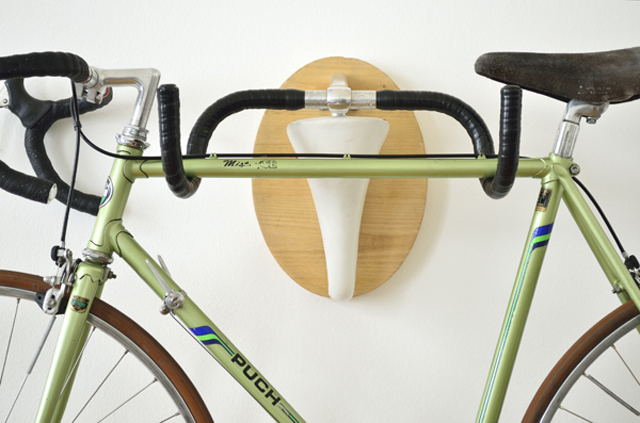
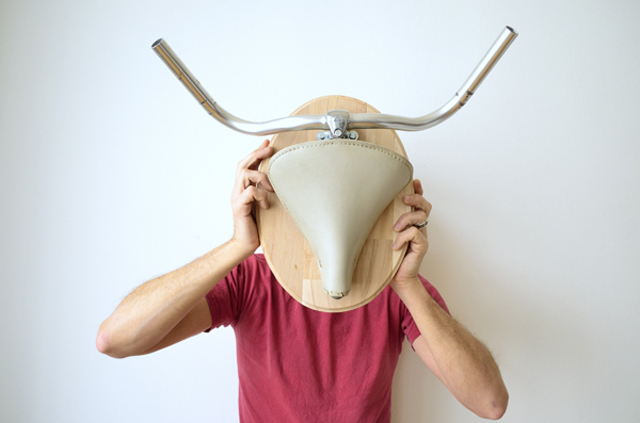
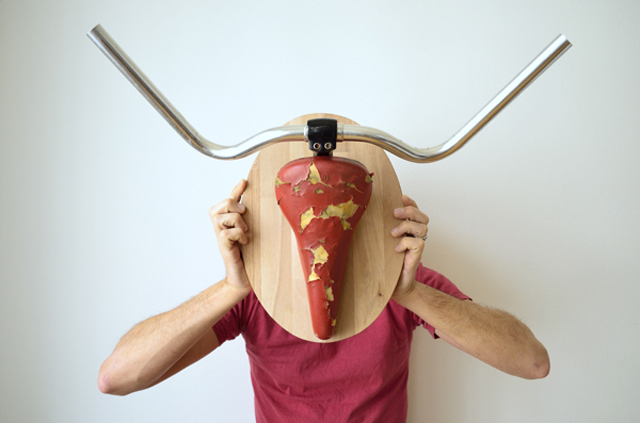

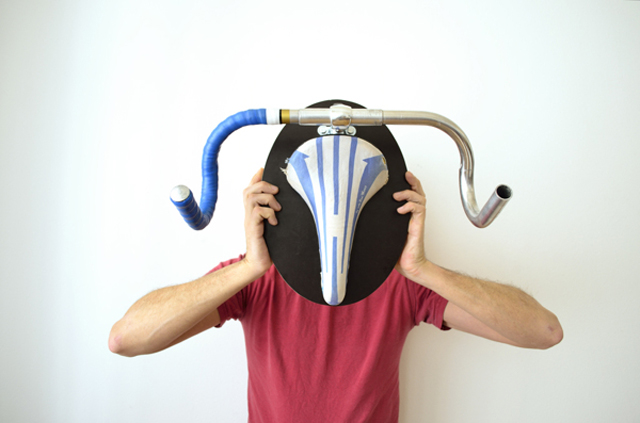
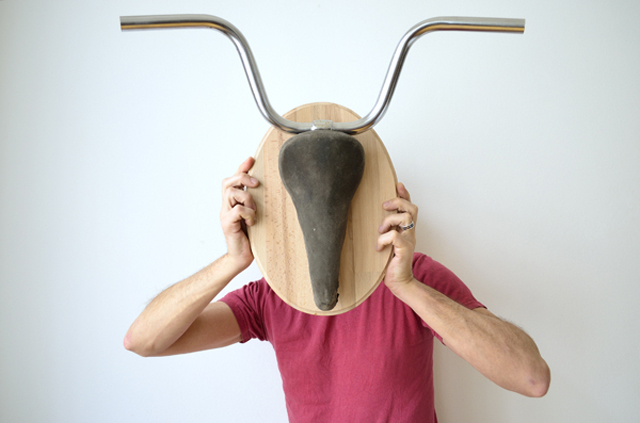
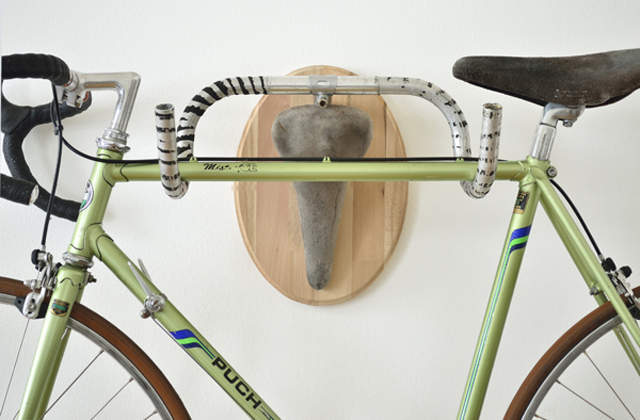
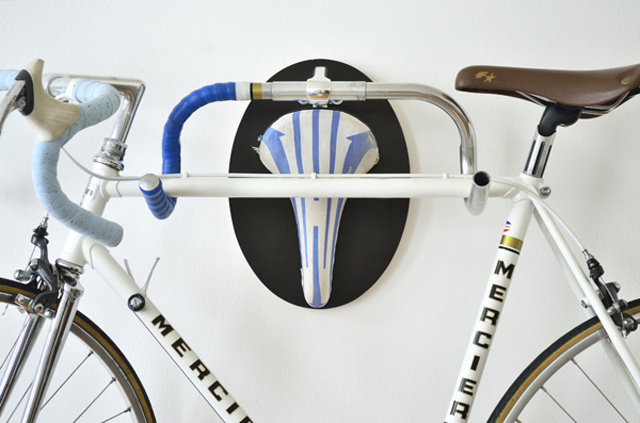
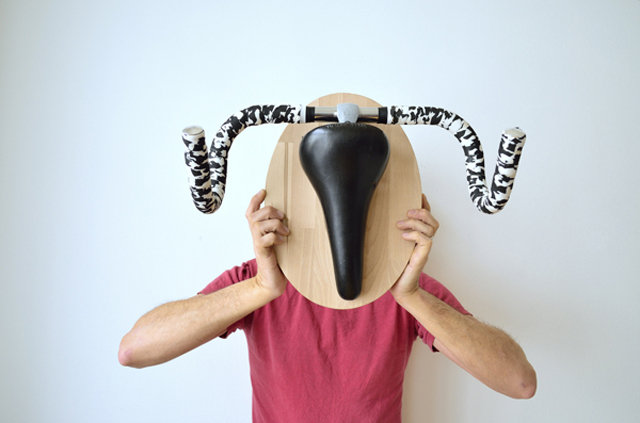

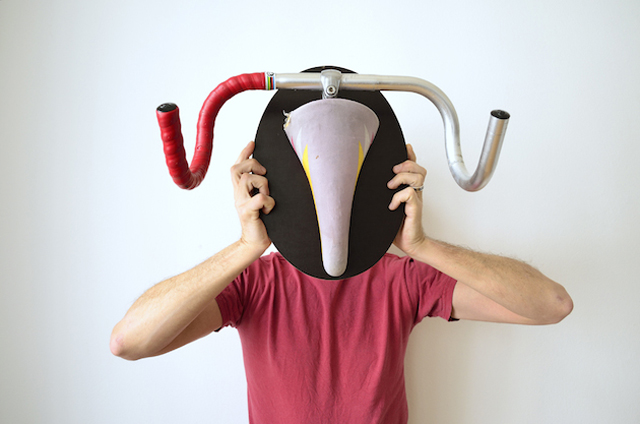
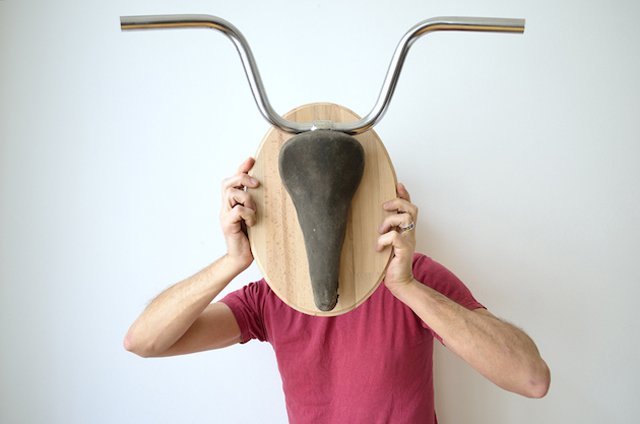
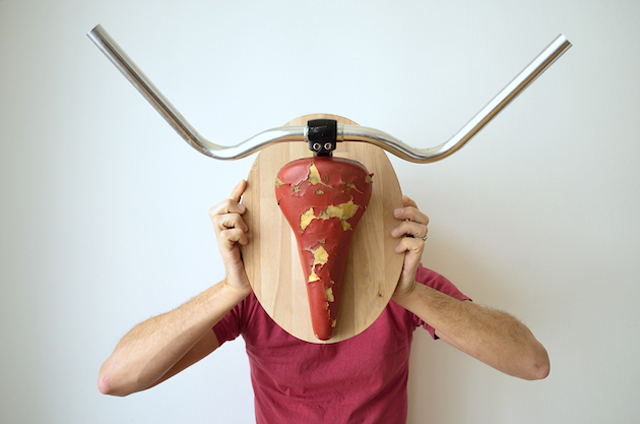
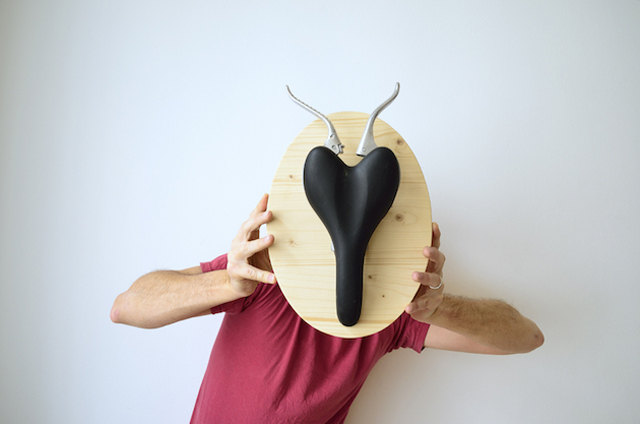
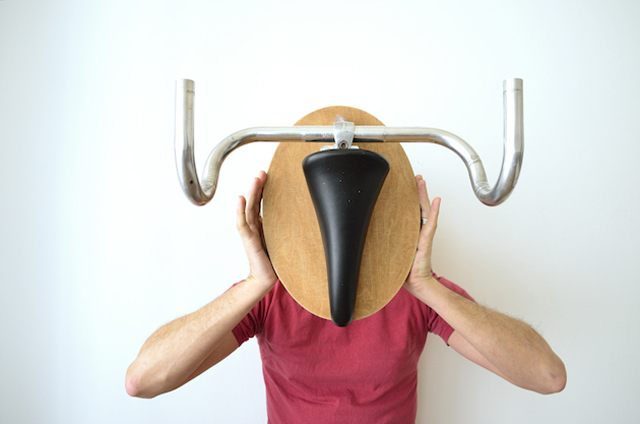















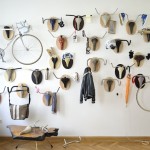






















 Well, perhaps this is old news by now, but it does appear that
Well, perhaps this is old news by now, but it does appear that 